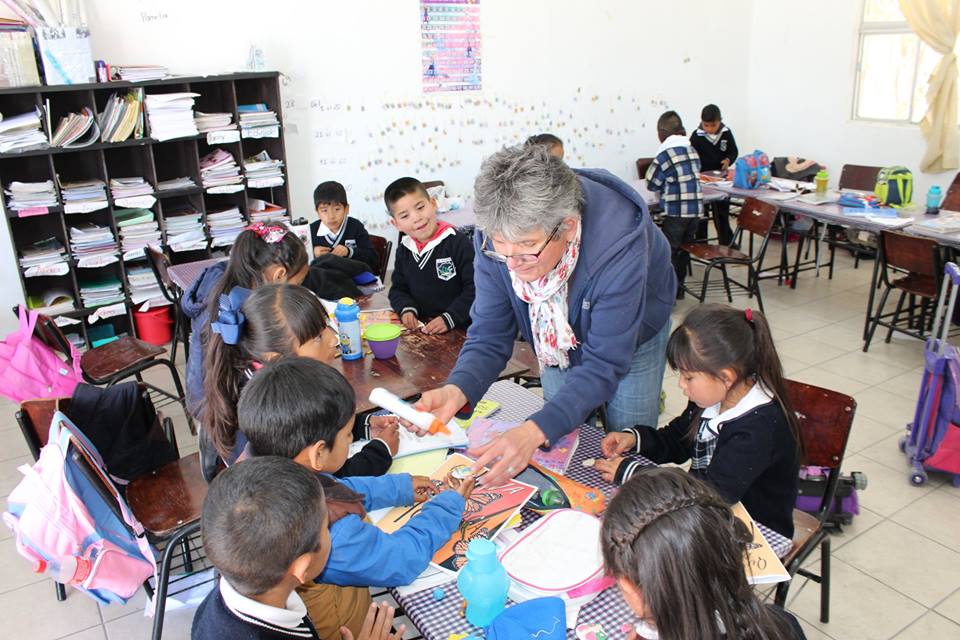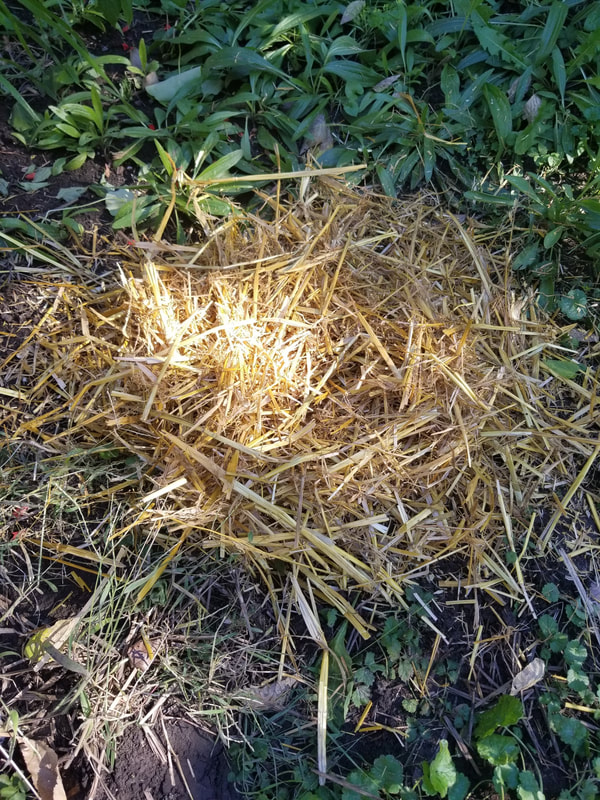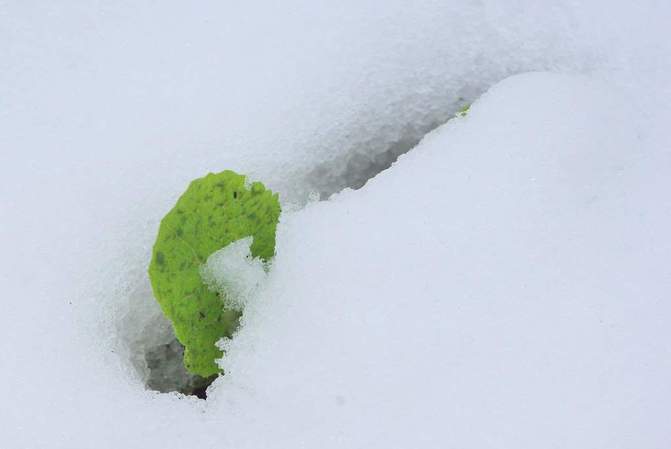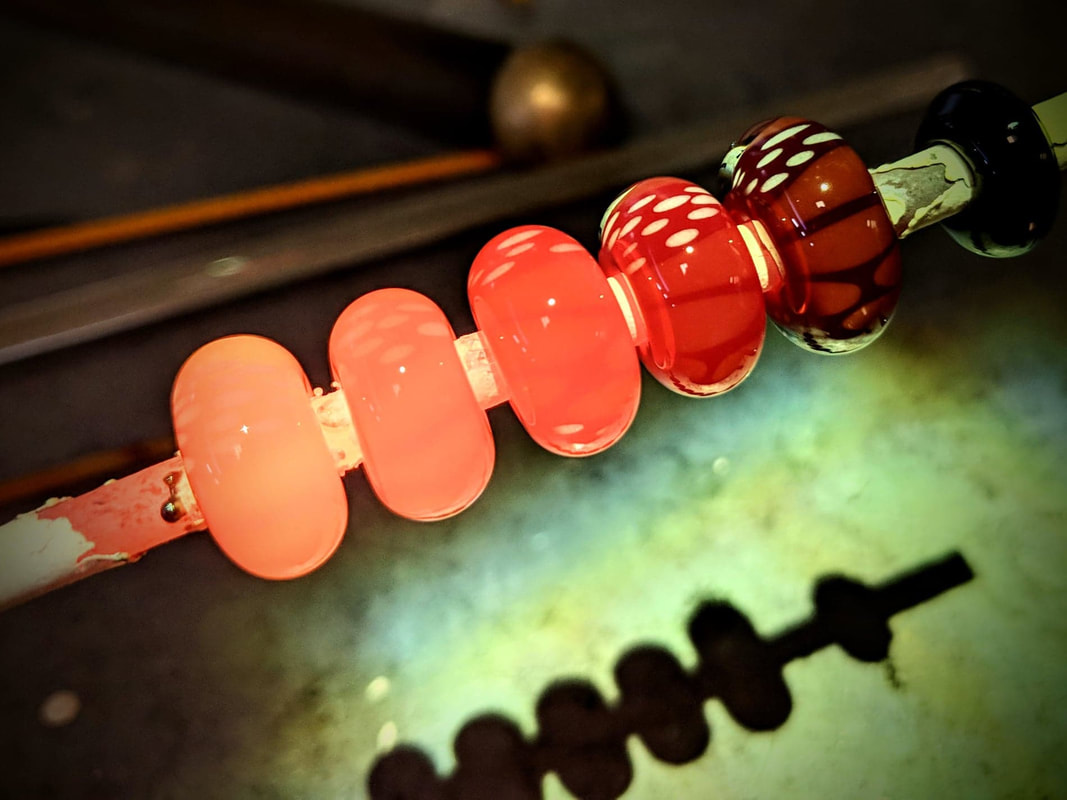Our goal is to install over 5,000 Pollinator Gardens across the US and you can help!We have received so many pictures and stories of successful School Pollinator Garden Projects and we want to encourage everyone to start one in their community! It’s very easy to get started and we are going to tell you how. You don't need a lot of space to start a pollinator garden and just a few containers or raised beds can provide a habitat for hungry butterflies and bees. Having this outdoor classroom can encourage observation, exploration and a instill land stewardship values. Teachers can even build a curriculum around a garden, focusing on subjects such as: biology, environmental studies, writing, and art. OPTION 1: Sign up for our Pollinator School ProgramSend an online application to receive FREE seeds for your school, scout troop, 4-H club or non-profit organization. The Pollinator Seed Packet contains 25 wildflower varieties for children to plant in a Butterfly & Bee Garden! OR Send your request to by Mail: Pollinator Garden Program Save Our Monarchs Foundation PO Box 390135 Minneapolis, MN 55439 Once you receive your seeds, you can start developing a Monarch Education program at your school. There are various Free educational resources online. OPTION 2: Sign up for our School Fundraising ProgramSave Our Monarchs would like to partner with your school! We are currently working with school districts across the country that want to educate their students about the plight of the monarch, and spread the word throughout their community through various fundraising efforts and outreach. We currently offer two options for Fundraising. OPTION 1: School-Funded For every $35 donation to Save Our Monarchs, schools receive 100 Milkweed Seed Packs. Students can then sell the Milkweed Seed Packets for $1 to $2 each. If a school were to sell 1,000 Milkweed Seed Packets, for instance, they can make up to $2,000 ($1,750 profit) which can be used to purchase school supplies, playground equipment, pay for sports programs, etc. OPTION 2: Save Our Monarchs-Funded With this option, schools receive milkweed seed packets for free (shipping fees apply). Students then sell the Milkweed Seed Packets for $1 to $2 each. All proceeds are sent back to Save Our Monarchs so we can continue to invest in more milkweed seeds to save the monarchs butterfly. Questions? Please send us a message at www.facebook.com/saveourmonarchs/ or email us at [email protected]
1 Comment
Did you know that most Milkweed seeds and many other perennial plants need a period of cold stratification in order to germinate?
In using the Outdoor Methods, it is best to plant your seeds after the first frost. I live in Nebraska where the first average frost happens around October 5th. (click here to find out when your average first frost is). I am planting Common Milkweed (Ascepias syriaca) because it is the most common species of Milkweed growing in my area and I know it needs a cold stratification period. The "Fall Planting Method"Fall planting is a traditional method of cold stratification. The best time to plant Milkweed seeds in the Fall when the first frosts start to occur. I recommend planting them directly in the ground, however you can plant them in pots with some additional attention. 1. Choose an area where you want to grow your Milkweed plants. Make sure it has proper sunlight and is in a slightly protected area. If planting in pots, make sure they are protected (i.e. against the side of a building or next to straw bales). Make sure the pots are not in the drip-line of the building so that they could potentially fill with water and then freeze. However, snow-melt is an important part of the process so do allow snow to cover the pot. 2. Sprinkle the seeds on the soil and mulch with a couple inches of straw or leaves. Note: Do not pack the mulch down as it is important to have a bit of air flow to deter mold and fungus from growing. 3. Sprinkle water over the seed bed if soil is dry. 4. Mark the area so you don't forget where you planted. 5. Be patient. They will not germinate and start sprouting until Spring and sprouting will not occur all at the same time as with most cultivated varieties of plants. These are wild plants that will have more genetic variation and will be more likely to survive once they have become established. The "Winter Planting Method"This method is also called "Snow Planting". It is an easy, fun method that should spark the interest of children and adults alike! During the winter after a heavy snow, broadcast your seeds out on the snow. Believe it or not, many of them will come up in the spring! The moisture will soften their seed coats and essentially wake them up. Make sure it is in an area that you want the plants to grow and will have plenty of sunlight in the Spring and Summer. Have fun!Have fun experimenting with different methods of cold stratification. You can even plant a small batch of Milkweed seeds in the Fall, Winter and Spring! Why not? Each time you will learn something new and know what works best for your area next time. Don't give up and record your findings! Stay tuned...I have just covered how to sow Milkweed in the Fall and Winter in this blog. If you want to opt for the Spring planting stay tuned for Part 2 of the Cold Stratification 101. In the meantime, keep you Milkweed seeds in a dry, aerated envelope and store in a dark place for the Winter. If I plant in the Spring, I generally start the Cold/Moist treatment for Milkweeds 30-60 days before the last average frost in my area.
Save Our Monarchs recently released our Pandora Monarch Butterfly Charm and we went behind the scenes to see how they were made!The Monarch Butterfly Charm was created by local glass artist from Nebraska, Matthew Losee, and the proceeds go to support Save Our Monarch's School Pollinator Program. The beads can be used on earrings, bracelets, necklaces, key chains and the list goes on! They also make thoughtful gifts to your Monarch-loving friends and family. Each glass color is layered separately onto a mandrel beginning with black. The glass that is used is call borosilicate which is what Pyrex is made from and is extremely break-resistant.Next, the unique "Monarch Orange" glass color is layered on.Now for the distinctive white spots that we recognize on our Monarch friends.Lastly, a clear layer of glass is added in order to magnify the image and they are put into a kiln.Meet the Artist
How do you use your Monarch bead? Please post in the comments ways in which you use yours! |
AuthorRebecca Chandler Archives
March 2024
Categories |




















 RSS Feed
RSS Feed